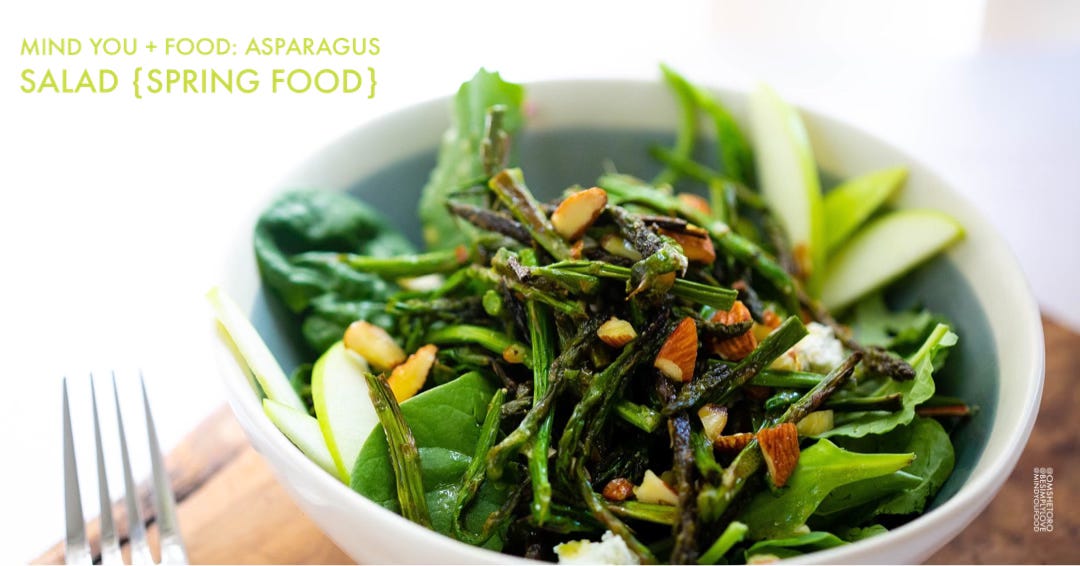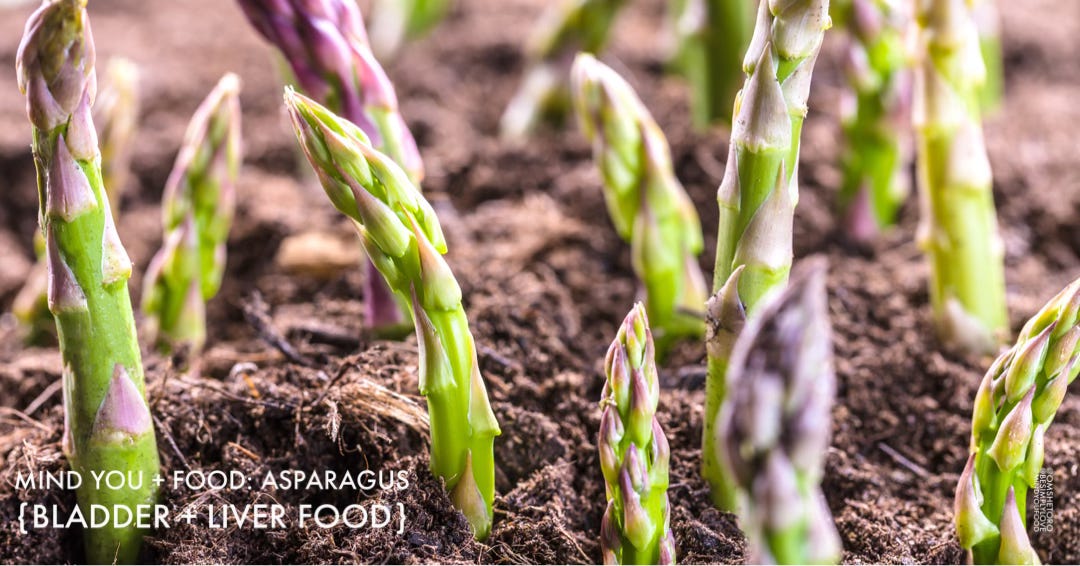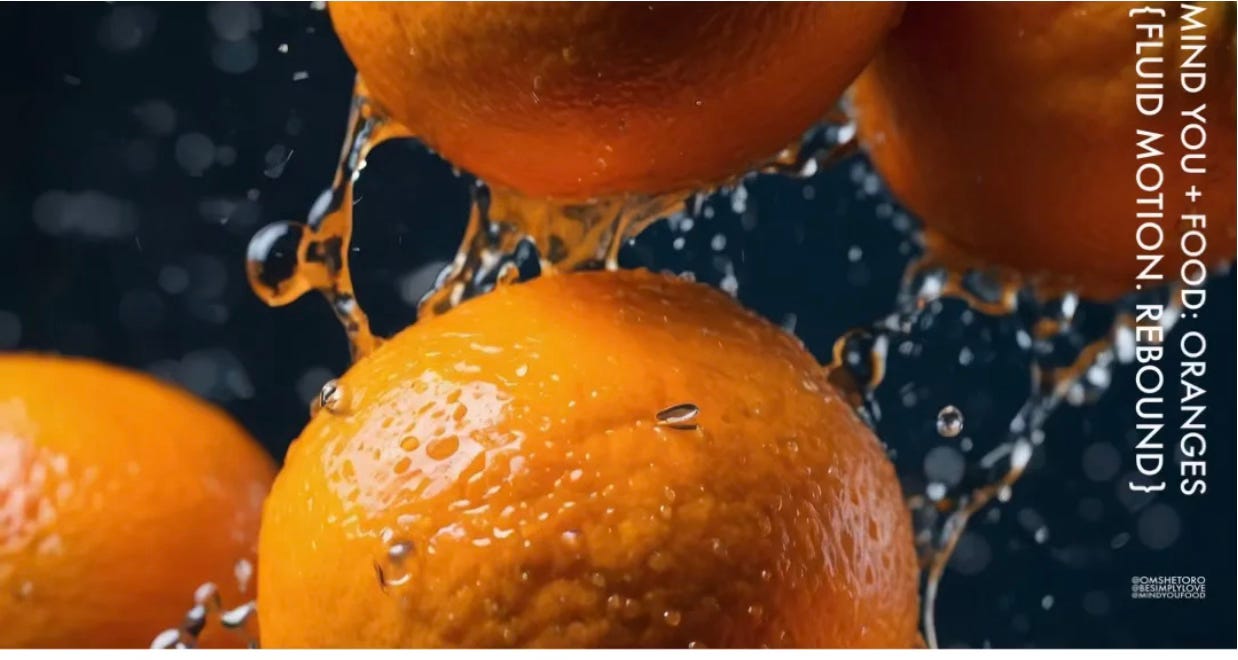Soul Food
“What we want is not what we need. What we long for makes us blind to what we have. What we are is not what we pretend to be. Only what we cease to cover up, we can see as it really is.”
― Stefan Stenudd, Tao Te Ching
The New Moon Arrives(d): Thursday, February 27, 2024 at 4:44 PM. PST, continuing on into LUNAR CYCLE 1. Happy Losar. Tibetan New Year. At the Equator, we are entering into Cycle 13.
Sol + Luna Cycles: The Spring/Fall New Moon Musings, Silent Meditation and Sound-Electromagnetic Therapy. If inspired, Pause, Be and Listen.
The quote from Stenudd resonates with me deeply: “What we want is not what we need. What we long for makes us blind to what we have.” It suggests a tension between desire and reality, a theme mirrored in the new moon’s arrival—a time often associated with setting intentions but also letting go. The new lunar cycle feels like a cosmic invitation to pause and listen. Cycle 13 at the Equator evokes a sense of progression, a turning point.
Contemplation:
Surprising information often lands like a stone in still water—ripples of curiosity, discomfort, or wonder spread outward. I tend to digest it by turning it over slowly, letting it sit before I rush to judge or react. It’s like tasting something unfamiliar; you don’t swallow it whole—you let it linger on the tongue. The Tao Te Ching echoes this: only by ceasing to cover up our assumptions can we see things as they are. For me, that means resisting the urge to fit the surprise into a pre-made box and instead letting it reveal itself.
How do you digest surprising information?
I think readiness is a choice we make in the moment. The new moon’s energy—especially in this “Spring/Fall” duality—feels like a call to carve out that space deliberately. Pausing isn’t just stillness; it’s an active surrender to the unknown, a way to honor what’s unfolding. The sound-electromagnetic journey (:39:00 in the timestamp) offers you a literal resonance—vibrations to align body and mind. Personally, I am inclined to create a pause, I’m ready, but it’s a readiness I’d need to renew with each breath.
Are you ready to create space to digest before you respond?
The heart rests in the potential seed, and the new moon is the soil—dark, quiet, full of possibility. I’m ready for the potential to see more clearly, to peel back the layers of pretense Stenudd describes: “What we are is not what we pretend to be.” Maybe it’s the potential to embrace what I have rather than chasing what I long for, to align with the silent meditation (:14:14) and find clarity in the stillness. It’s not grand or loud—it’s subtle, like the shift from Cycle 12 to 13, a step into something truer.
What potential are you ready for?
Heart + Mind Food
You are vibration and frequency. This is what helps us see things as they truly are. Vibration is the pulse of existence—everything, nothing, all that is and isn’t. Science confirms it: subatomic particles hum, sound waves ripple, thoughts shimmer through neural currents. The ether spins the sticky threads of the esoteric—frequency as expression, identity, energy, the unmasked “what we are” beneath pretense. It transcends the shields we raise, built from stories told long before now. Silencing the past, it invites you to shift your heart and feet, to groove to a new rhythm.
Our ancestors’ hearts beat with canyon echoes, drums thumping a reminder of your freedom to tune into a frequency that lifts you higher. Not a patriarchal pyramid, but a key to unlock the harmonics you carry—vibrations that harmonize for your well-being and the generations to come. It takes self-awareness and a willingness to tend your biofield, your energy. Harness the power of your electromagnetic field—your soul—through the stream of your mind and heart. No longer must you slip into the trance of mind control. You can break the shackles you’ve placed on yourself, finding resonance from within. When that beat flows naturally, it ripples outward, weaving into a field of full potential. You’ll align with people, places, and things that hum in sync with you, suspended in a high-vibe moment. At first, you won’t sustain it 24/7, but you’ll grow fluid with yourself and the world around you. From there, your vibrations will lift others, like an orchestra and choir—each voice unique, yet calibrating as one.
These frequencies, our expressions, intertwine with the world. They reshape your perception and reality itself, freeing you and others from the droning beat of a karmic loop long overstayed.
Ready to work with your vibration daily? Here are a few simple steps:
Each morning, observe your energy. Decide what frequency you want to generate—it’ll shift day to day, and that’s fine. Picture yourself as a wave, breaking differently on the shore each time.
Imagine what it feels like to embody that energy. If you’re not there yet, call on a memory, an emotion, or an essence to guide you.
Rise and move to that beat. Free-flow for a moment—dance, groove. This tunes you in, carrying you forward. If you slip out of sync, pause, revisit these steps, and resume the flow.
The more you play with your electromagnetic field, the stronger you’ll grow. The more joy you’ll find, the less sway others will hold over you. Try it when you’re inspired, and let me know what you’re grooving to.
Let’s Dance.
Body Food
As we step into spring or fall, depending on the hemisphere you reside in, it’s a vital moment to set your body in motion. Just as I’ve shared, now is the time to align your mind, heart, soul, and physical form. In this era, your vitality—and perhaps your karma—can be gauged by the state of your physical temple. Your temple is ever-changing, a dynamic vessel reflecting your vibration and frequency. That resonance anchors well-being within you. Beyond that, the sounds of your favorite music genre offer a chance to deepen and stretch this harmony, syncing with your mood and the rhythm pulsing through you.
If you feel inspired, use the practice I outlined earlier to explore—through movement—where your soul sings, your mind finds peace, and your heart calls out. These three forces transform your body into an instrument, tuning itself to the present moment. You’ll also uncover where transformation beckons. By dancing and grooving with yourself daily, you’ll tap into an energy to build upon—a current that grows stronger with each step.
In this season of renewal—whether spring’s awakening or fall’s release—movement guides you toward fresh understandings of self and your desired path. In spring, it’s a chance to harness this vibrant energy, shaping it into an expression that honors your physical temple and ripples out as a gift to the world. In fall, it’s an invitation to shed what no longer serves, letting your rhythm refine what remains. Either way, this motion becomes a bridge, carrying you into harmony with the season and beyond.
Spring: Liver Benefits of Dancing
Dancing can support liver health through physical and physiological mechanisms:
Boosts Circulation:
Rhythmic movement increases blood flow, helping the liver process toxins and fats more efficiently. Enhanced circulation delivers oxygen and nutrients, aiding its detox role.
Exercise, including dance, keeps a liver vital.
Reduces Stress:
Dancing releases endorphins and lowers cortisol, the stress hormone that, when chronic, can overburden the liver. A lighter stress load supports its metabolic balance—less tension, better liver function.
Burns Fat:
The liver metabolizes fat, and dancing (especially vigorous styles) burns calories, reducing fat buildup. A 30-minute session can burn 200–400 calories, depending on intensity.
Stimulates Lymphatic Flow:
Movement like dancing activates the lymphatic system, which works with the liver to clear waste. This “vibrational cleanse” echoes your frequency theme—shaking off stagnation.
Fall: Lung Benefits of Dancing
Dancing enhances lung function through breath and motion:
Improves Oxygen Capacity:
Sustained movement strengthens respiratory muscles (diaphragm, intercostals), increasing lung capacity. Over time, you breathe deeper and more efficiently—think of it as tuning your “physical temple’s” airflow.
Evidence: Studies on dance (e.g., ballroom, aerobic styles) show improved VO2 max, a measure of oxygen uptake.
Clears Airways:
The rhythmic breathing of dance—especially fast-paced grooving—helps expel stale air and mucus, keeping lungs clear. It’s like a natural ventilation system, syncing with your “soul sings” vibe.
Enhances Endurance:
Regular dancing builds stamina, training lungs to handle exertion better. This can lower the risk of respiratory fatigue and support overall vitality—perfect for your “energy to build upon.”
Reduces Inflammation:
Exercise like dancing boosts anti-inflammatory markers (e.g., via endorphins), potentially easing lung stress from conditions like asthma or pollution exposure. A joyful dance floor, a joyful breath!
Mind You + Food
Asparagus Salad with Lemon Vinaigrette
Serves: 4–6 people. Preheat Oven: 375°F
Ingredients
For the Salad:
4 tablespoons olive oil, divided
1 cup thinly sliced leeks
1 bunch asparagus (about 1 lb), trimmed
½ teaspoon ground garlic
6 handfuls mixed winter greens
2 handfuls kale, thinly sliced
1 green apple, thinly sliced
1 avocado, sliced
¼ cup slivered raw almonds
¼ cup goat cheese, crumbled
Fresh basil leaves (to taste)
Salt and pepper (to taste)
For the Lemon Vinaigrette:
Juice of 3 lemons
½ cup olive oil
1 teaspoon honey
½ teaspoon dried thyme
Salt and pepper (to taste)
Instructions
Preheat the Oven: Set to 375°F.
Prepare the Asparagus: Rub the asparagus stalks with 2 tablespoons olive oil, then season lightly with salt and pepper. Spread them evenly on a jelly roll pan (a cookie sheet with edges). Roast for 30 minutes until soft and tender. Remove from the oven and let them cool on the pan. (A good idea for any of us—rest is key.)
Sauté the Leeks: Heat the remaining 2 tablespoons olive oil in a small sauté pan over medium heat. Add the sliced leeks and ground garlic, cooking until fragrant and softened, about 3–4 minutes. Set aside.
Make the Vinaigrette: In a jar or bowl, combine the lemon juice, ½ cup olive oil, honey, thyme, salt, and pepper. Shake or whisk until well blended. Taste and adjust seasoning as needed.
Assemble the Salad: On a large platter, layer the mixed winter greens and thinly sliced kale. Scatter fresh basil leaves over the greens, then arrange the roasted asparagus, apple slices, avocado (if using), goat cheese, and slivered almonds. Spoon the sautéed leek-garlic mixture on top.
6. Serve: Offer the lemon vinaigrette on the side for guests to dress as desired.
Benefits for Winter and Spring Organs
As we transition from winter to spring in the Northern Hemisphere, we can nourish both our bladder, traditionally supported in winter, and our liver, which craves attention in spring. Asparagus, a perfect spring crop, aids this seasonal shift, offering your body a gentle bridge between the seasons.
Bladder Benefits of Asparagus
Asparagus has a long-standing reputation as a bladder-friendly food, tied to its diuretic and nutrient properties:
Natural Diuretic Effect:
Asparagus contains asparagine and potassium, which increase urine production, helping flush the bladder and urinary tract. This may reduce the risk of urinary tract infections (UTIs) by clearing bacteria.
Fun fact: That distinct “asparagus pee” smell comes from asparagusic acid breaking down into sulfur compounds—proof of its diuretic action kicking in fast!
Supports Urinary Tract Health:
Its high water content (about 93%) and mild anti-inflammatory compounds may soothe the bladder lining and promote regular flushing the bladder.
Anecdotally, it’s been used in traditional medicine (e.g., Ayurveda) to support urinary health.
Mineral Balance:
Potassium and low sodium levels help regulate fluid balance, easing bladder pressure and supporting kidney function, which indirectly benefits the bladder. A cup of asparagus has about 270 mg of potassium.
Antioxidant Protection:
Vitamin E and C in asparagus combat oxidative damage in the urinary system, helping your retain harmony with your bladder and neighboring organs.
Liver Benefits of Asparagus
Asparagus is packed with nutrients and compounds that may support liver health:
Detoxification Support:
Asparagus is rich in antioxidants like glutathione, a powerful compound the liver uses to neutralize toxins and free radicals. Higher glutathione levels may help protect liver cells from oxidative stress and aid in detox processes.
It’s one of the highest plant-based sources of glutathione, alongside spinach and avocados.
Anti-Inflammatory Properties:
Contains flavonoids (e.g., quercetin) and polyphenols that reduce inflammation, which can ease the liver’s workload when processing toxins or repairing damage from conditions like fatty liver disease.
Studies suggest these antioxidants may mitigate liver inflammation in lab models.
Rich in Fiber:
Dietary fiber aids digestion and helps remove excess cholesterol and toxins via bile, reducing strain on the liver. Asparagus offers about 2–3 grams of fiber per cup.
Amino Acids for Cleansing:
Asparagine, an amino acid abundant in asparagus, may support the liver by promoting the breakdown of waste products, though direct evidence is limited. Traditionally, it’s been linked to “cleansing” effects in herbal medicine.
Fluid Motion. Rebound.
May each moment be filled with JOY, Peace and a lot of LAUGHTER. .sT









